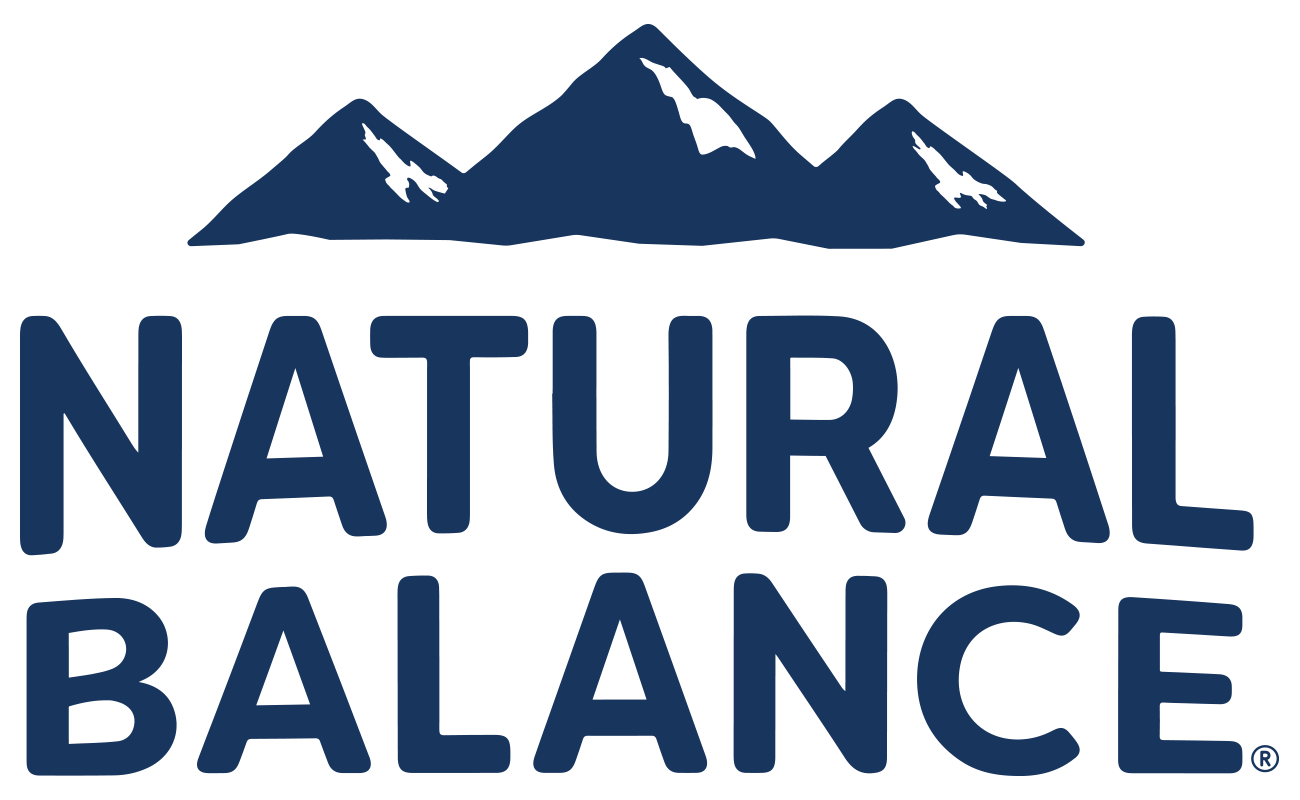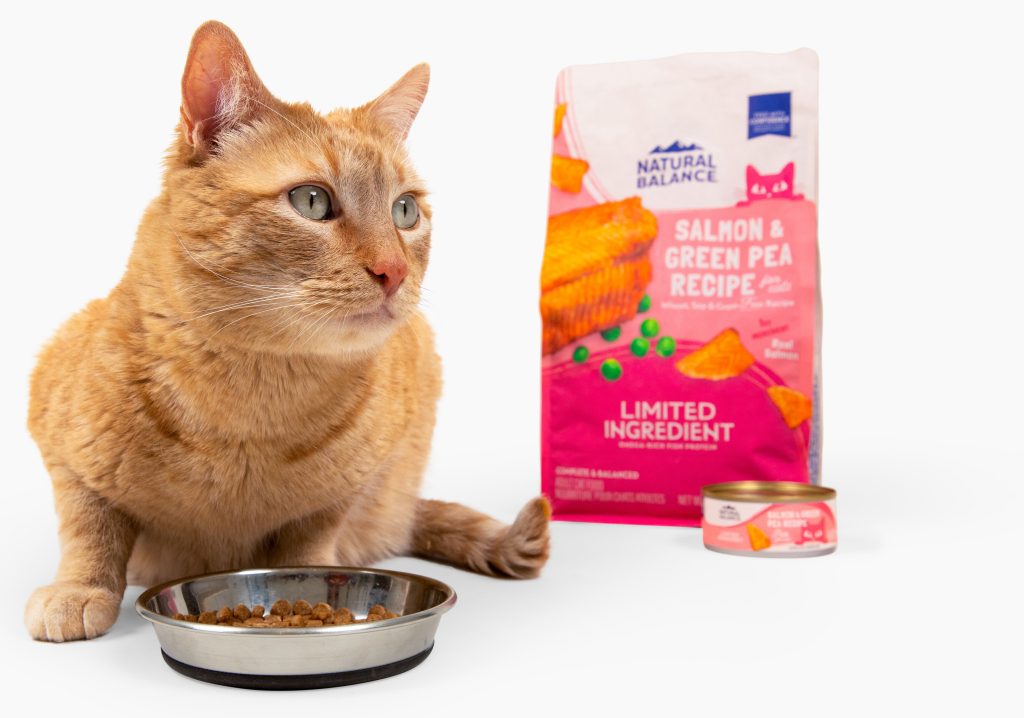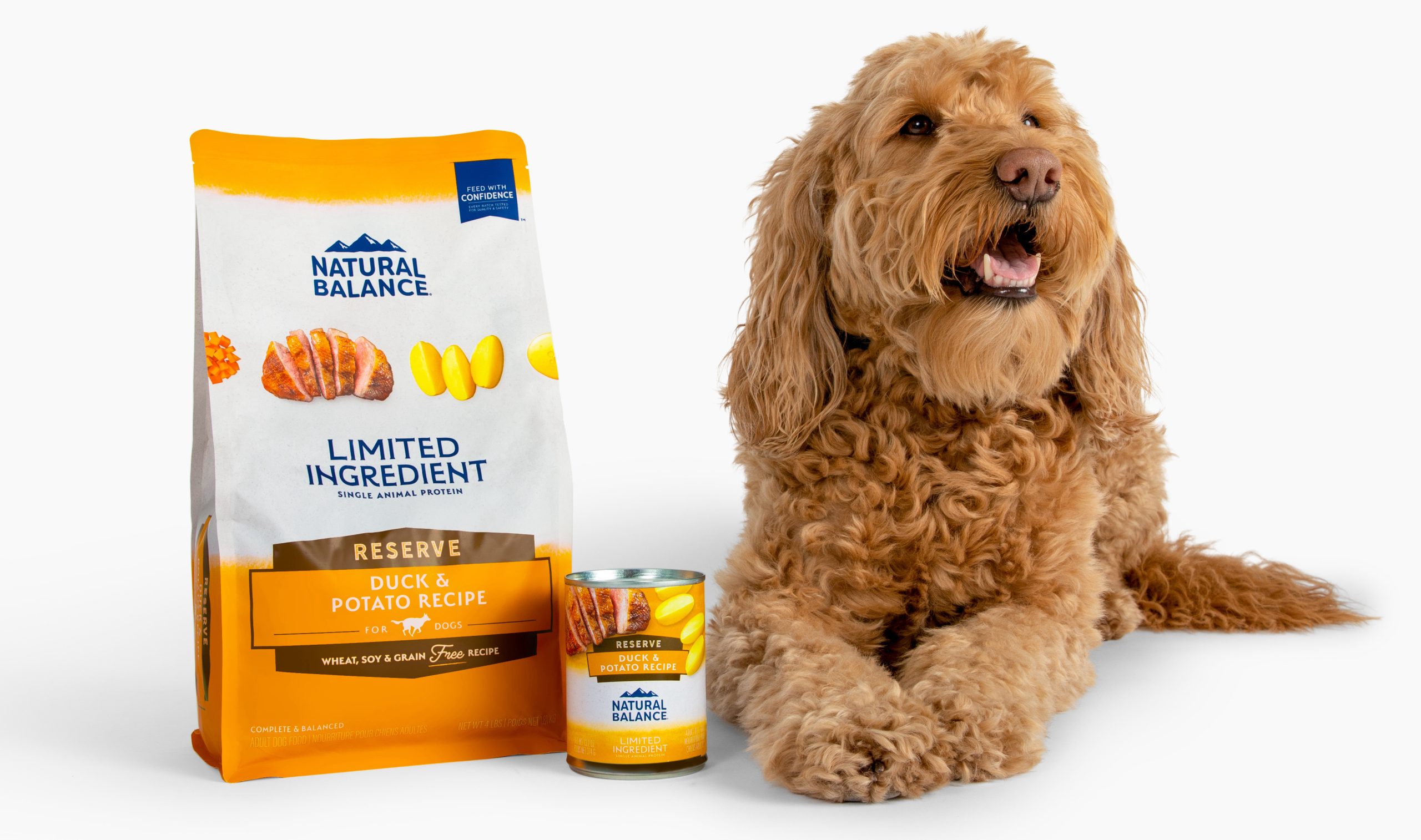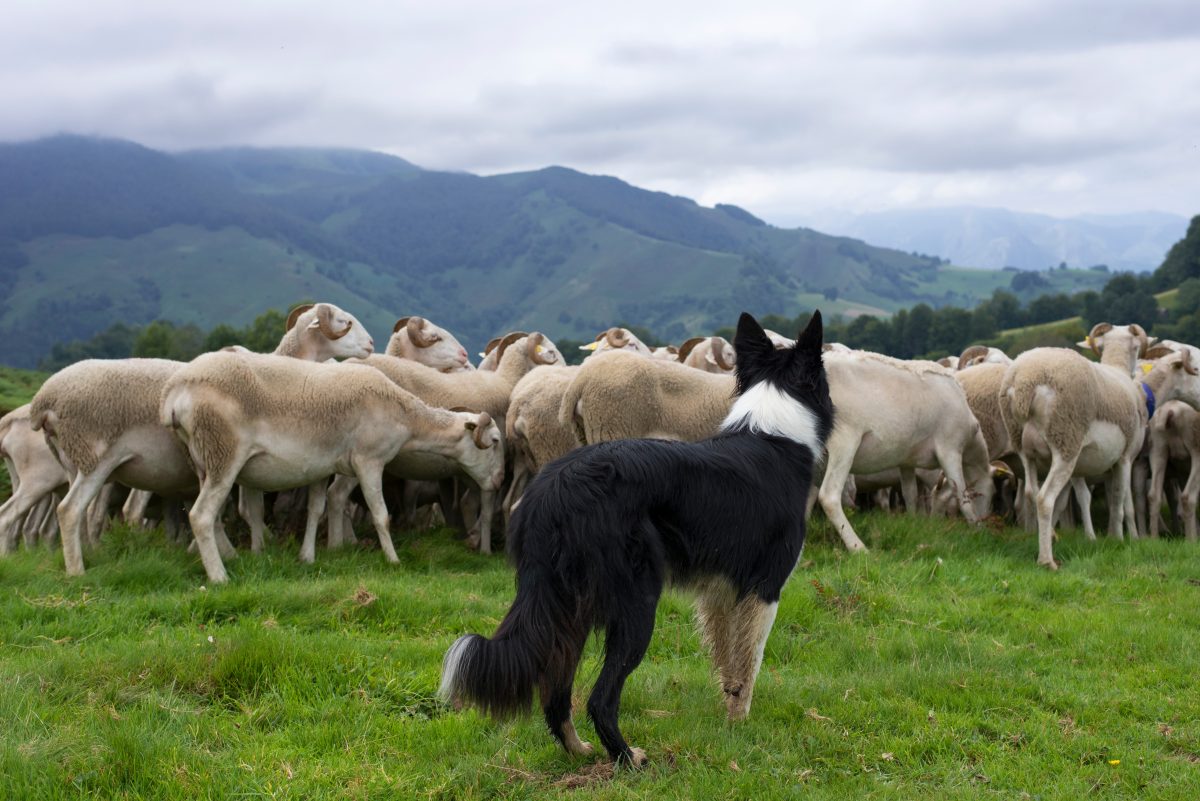“My pet seems to have X, Y, and Z symptoms. Is it due to a food allergy, food sensitivity, or something else altogether?”
Firstly, if you are noticing anything abnormal about your pet’s health, comfort level, and/or behavior, bring your pet to their veterinarian for a checkup. While your pet could potentially be reacting negatively to their food, whether it’s a true food allergy or a food sensitivity, environmental allergies (e.g. mold, dust mites, pollen, grasses…etc.) and flea allergies are far more common. Visit your pet’s veterinarian to have a medical professional identify what is ailing your pet.
Firstly… visit your pet’s veterinarian to have a medical professional identify what is ailing your pet.

The focus of this article will be on food allergies and food sensitivities that can ail cats and dogs. Let’s jump into it!
What’s the difference between a food sensitivity and a food allergy?
Let’s break out our science books and get technical for a moment. A true food allergy is defined as an immune response to a food antigen, typically a protein, in the food. While less common, some pets’ food allergies can be associated with carbohydrates found in their foods, but the allergy is typically a protein component of that carbohydrate.
A food sensitivity, on the other hand, is a response that does not come from the immune system but rather from the cat or dog’s digestive systems and/or from their dermatological systems.
Common symptoms: food allergies vs. food sensitivities
As symptoms of a food allergy and a food sensitivity often appear to be similar, this is where it gets tricky to decipher what your pet is experiencing.
Though your pet may not exhibit all symptoms, common reactions of food allergies present themselves in the following ways:
Skin
• Red, irritated skin
• Frequent scratching and biting at skin
• Excessive shedding or bald patches
• Hot spots or sores
• Recurring yeast infections
• Frequent ear infections
Digestive Issues
• Excessive flatulence
• Inconsistent stool quality
• Vomiting
• Diarrhea
Severe Reactions (Extremely Rare)
• Anaphylaxis
• Hives
Again, your pet may not show signs of all symptoms, but common food sensitivity symptoms can consist of:
Intermittent Digestive Issues
• Excessive flatulence
• Inconsistent stool quality
• Vomiting
• Diarrhea
While there can be overlap between symptoms relating to food allergies and food sensitivities, the key differences are:
- Because they stem from a reaction in the digestive system, symptoms of food sensitivities will primarily cause digestive issues.
- Sensitivities present intermittent digestive issues more commonly than allergies, which tend to be more consistent issues.
How do I know what my cat or dog is reacting to?
One of the best ways to identify what foods your cat or dog is reacting to is through a food elimination trial. Follow these guidelines to isolate and identify potential ingredients that don’t agree with your pet:

- The duration of the food elimination trial should span over the course of 8-12 weeks.
- This timeframe gives your pet’s body enough time to adjust to the new formula. Additionally, if your pet is reacting to a true food allergy, it often takes 8-12 weeks for their immune system to stop reacting to the previous exposure to the ingredient that caused their reaction.
- This timeframe gives your pet’s body enough time to adjust to the new formula. Additionally, if your pet is reacting to a true food allergy, it often takes 8-12 weeks for their immune system to stop reacting to the previous exposure to the ingredient that caused their reaction.
- Choose a diet that does not contain any ingredients your pet may have been previous exposed to.
- A limited ingredient diet is often the easiest way to see the effects that a specific ingredient has on a cat or dog because there are fewer for the pet parent to monitor.
Whatever diet you choose, select a novel animal protein source that your pet has never been fed prior. Remember, proteins are typically the main culprits when it comes to issues caused by food allergies and food sensitivities. Testing premium animal proteins that are not commonly found in most pet foods can be extremely helpful. Animal proteins such as duck, venison, bison, salmon, and lamb are great proteins to start with.
- A limited ingredient diet is often the easiest way to see the effects that a specific ingredient has on a cat or dog because there are fewer for the pet parent to monitor.
- Avoid introducing any outside sources of ingredients through treats, toppers, or table scraps.
- If you do feed treats or toppers, be sure to remain consistent by serving your pet the same animal proteins and carbohydrate sources that their main diet consists of.
If feeding this new diet results in your pet’s symptoms subsiding, you can then start to narrow down what ingredients your cat or dog may or may not be sensitive to.
While food elimination trials are the among the most popular methods to identify food allergies and food sensitivities among veterinary medicine practitioners, your pet’s veterinarian may prescribe a different approach that is specific to your pet’s needs. Always check with your vet before making drastic changes to your pet’s nutritional intake.
Always check with your vet before making drastic changes to your pet’s nutritional intake.
How could a limited ingredient diet help my pets with their food allergies and/or food sensitivities?
As a loving pet parent who wants to see their furry family member thrive with proper nutrition, choosing the best foods that will properly nourish your pet is one of the most important things you can do.
A limited ingredient diet is exactly what it sounds like. It’s a nutritional approach that, through few ingredients, provides your pet with all the nutrients they need and nothing they don’t.
Aside from the benefit of using a limited ingredient diet to help identify food allergies and food sensitivities during a food elimination trial, providing a limited ingredient diet for your cat or dog makes things easier for you, the pet parent. With fewer ingredients to keep track of, you can keep a closer eye on what foods your pet is eating and what affects they have on your furry companion.
A limited ingredient diet cat formula or dog formula has benefits for both your pet’s health and your own peace of mind. Whether your pet has a food allergy, food sensitivity, or if you simply want to keep track of exactly what ingredients they ingest, a limited ingredient diet could be the best route for you and your pet.
A limited ingredient diet cat formula or dog formula has benefits for both your pet’s health and your own peace of mind.
If you have questions, click here to connect with our Customer Care team – a team made up entirely of Registered Veterinary Technicians who are ready to help you!
Natural Balance does not have any partnership with the sources cited in this blog.


























